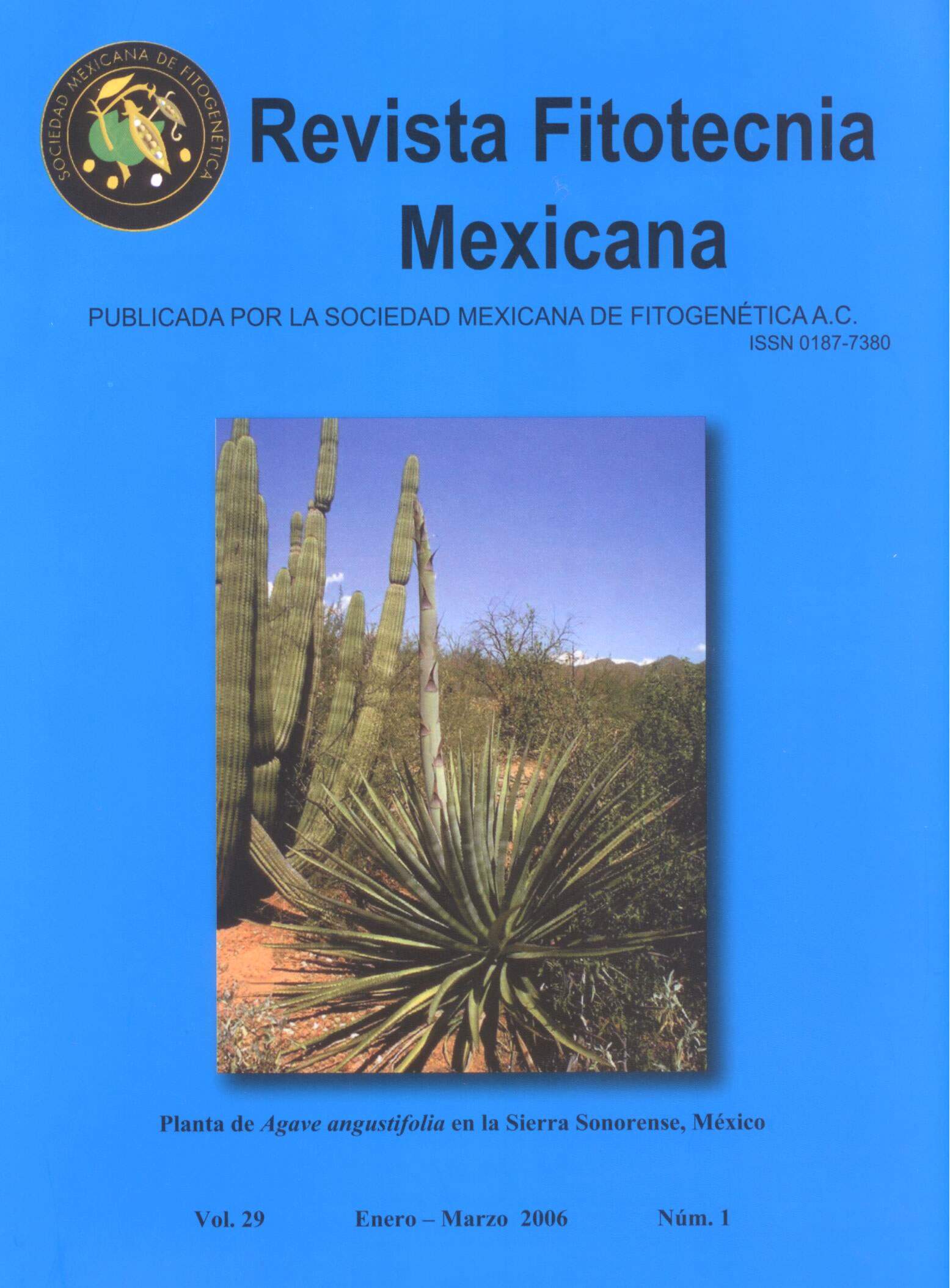SODIUM AND CHLORIDE UPTAKE AND TRANSLOCATION IN CHILE PLANTS FERTILIZED WITH NITROGEN AND GROWN UNDER SALINE STRESS
Main Article Content
Abstract
The influence of soil salinity on the uptake, transport, and concentration of sodium (Na) and chloride (Cl) was evaluated in ‘Sandia´ chile pepper plants (Capsicum annuum L.) growing at different nitrogen (N) fertilizer application rates. Plants were grown under greenhouse in pots containing sandy loam soil. The levels of salinity, defined as electrical conductivity in the saturated extract (ECe), were 1.3, 3.5, and 5.5 dS m-1 and the rates of N were 80, 140, and 200 kg ha-1. Salinity increased the uptake of Na and Cl at the beginning and the end of plant growth cycle and the transport of Na from root to shoot at the beginning and intermediate plant growth stages. The concentrations of Na and Cl in root, stem, and leaf also increased with salinity in most plant growth stages. At the beginning and intermediate plant development, with low salinity the highest concentration of Na was observed in roots, with medium salinity in roots and stems, and with high salinity in stems. At the end of plant development, the highest concentration of Na was observed in roots for each salinity level. The maximum concentration of Cl was observed in leaves for high salinity at flowering onset; after this growing stage, it was registered in stems at each salinity treatment. High N rates intensified concentration of Na and Cl in stems and leaves. Results indicated that salinity effects on uptake, transport and concentration of Na and Cl changed as plant aged and that high N rates aggravated the saline effects on plant.

